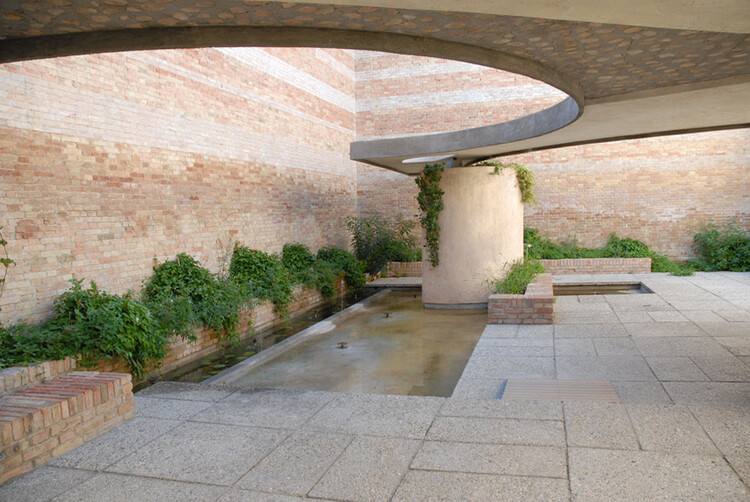
When we think of Venice, familiar images come to mind: Piazza San Marco, winding canals, and the reflection of Byzantine domes on still waters. Few, however, imagine that among those reflections lies a discreet chapter of Italian modernity — the architecture of Carlo Scarpa.
More than an architect, Scarpa was a craftsman of light and matter, a poet of detail who knew how to listen to the Venetian tradition and respond to it with gestures of surprising delicacy. The city where he was born and worked is now an open-air museum of his legacy, including projects such as the Fondazione Querini Stampalia, the Venezuelan Pavilion, the Olivetti Showroom, and, more quietly, the Giardino delle Sculture — a small courtyard hidden in the heart of the Giardini della Biennale.


![Giardino delle Sculture / Carlo Scarpa. Image by Jean-Pierre Dalbéra [Flickr under license CC BY-NC 2.0] The Silent Pavilion: Carlo Scarpa and the Giardino delle Sculture at the Venice Biennale - Featured Image](https://images.adsttc.com/media/images/690d/3d21/1072/7b21/65ea/212c/thumb_jpg/o-pavilhao-silencioso-carlo-scarpa-e-o-giardino-delle-sculture-da-bienal-de-veneza_1.jpg?1762475303)




















































